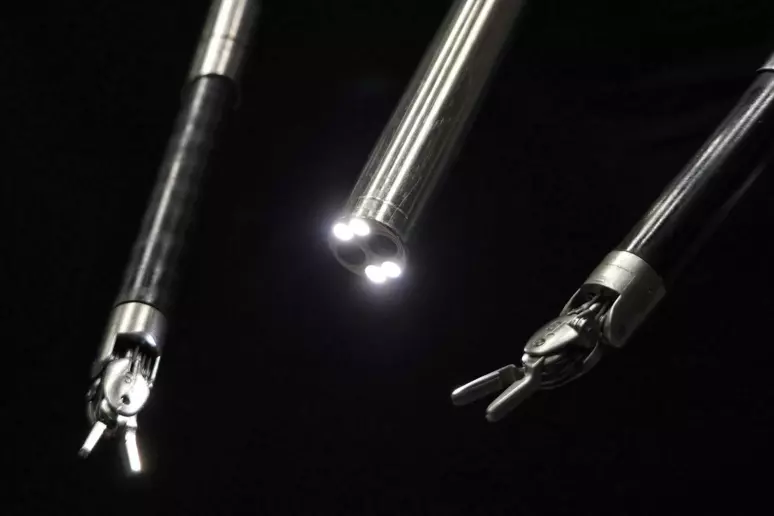For the first time, a robot was able to perform surgery on a simulator completely autonomously, without human assistance.
Trained through videos of surgical procedures, the SRT-H (Surgical Robot Transformer-Hierarchy) robot was able to remove a gallbladder completely autonomously. The result was published in the journal Science Robotics by a research team led by Axel Krieger of Johns Hopkins University.
During the procedure, the project authors observed that the robot made quick decisions, correcting itself autonomously when necessary. The gallbladder removal procedure was divided into 17 tasks, each lasting several minutes. The robot had to precisely identify certain ducts and arteries, strategically place clips, and finally sever the selected parts with scissors.
Built on the same machine-learning architecture as ChatGPT, SRT-H is also interactive: during surgery, it responds to voice commands and follows suggestions on movements to be performed, such as moving to the right or left, just like a novice surgeon guided by an expert.
In this regard, Krieger explains, “It is like teaching a robot to travel any road, in any condition, responding intelligently to everything it encounters. This progress takes us from robots that can perform specific surgical tasks to robots that truly understand surgical procedures. It is a fundamental distinction that moves us significantly closer to clinically viable autonomous surgical systems capable of operating in the chaotic and unpredictable reality of real patient care.”
After observing videos made by the human team, the robot performed the surgery with 100 percent accuracy, demonstrating the competence of an experienced surgeon and perfectly handling even unforeseen contingencies typical of real medical emergencies.
According to Ji Woong “Brian” Kim, first author of the study, this work shows that artificial intelligence models can become reliable enough to operate autonomously in the field of surgery: “A goal that once seemed far away, but is now clearly achievable.”










